| The name Cahuita comes from the terms “Kawe” which means “Sangrillo” (a local tree in the area) and “Ta” which means “Punta”. This National Park has a coverage of 23,290 marine hectares and other 1,102 terrestrial hectares. In this territory, there is a set of ecological systems such as coral reefs, which due to their structure and diversity, are considered the most developed in the Costa Rican Caribbean. |
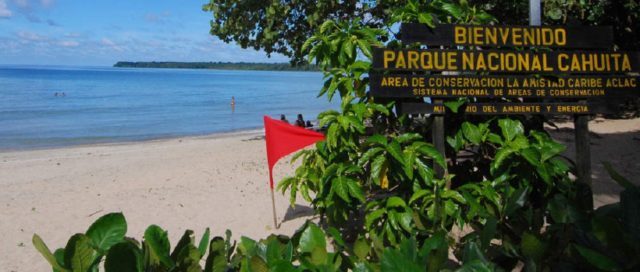
Cahuita Park can be accessed through 2 main entrances. Most travelers enter the park through the Ranger Station in Kelly Creek, where visitors are asked to write their names in a logbook and make a voluntary donation.
What You Can Do and See
Swimming, hiking discovering nature along the trail, snorkeling on the marine trail, listening to the sounds of nature, tanning, beach volleyball, performing different exercises on the beach and non-glamorous artistic and cultural events that have the endorsement of the administration of the Park.
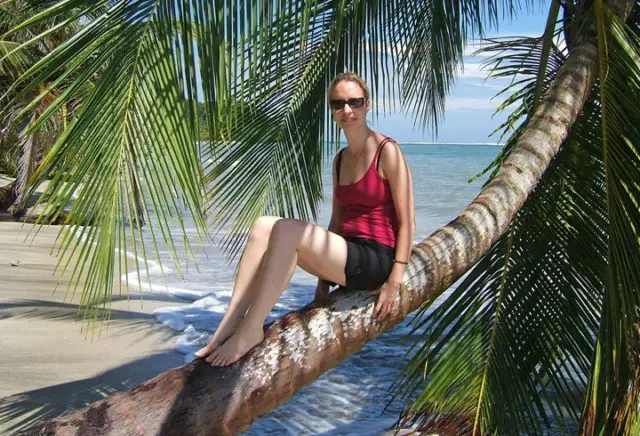
Sendero Punta Cahuita. It is located parallel to the coast, between the northwest boundary of the Park (Kelly Creek River) and the Puerto Vargas beach sector. The 1st section of the trail and the one with the highest intensity of use is the same that extends between the limit of the Park and the Suárez River, with a distance of 1,500 meters. It allows visitors to enter the beach for the enjoyment of swimming and resting activities under the almond trees of the beach, or to sunbathe.
Coral Reef
The most popular feature of Cahuita National Park is its spectacular 600-acre coral reef. Although the reef has shrunk in recent years, it remains one of Costa Rica’s most popular marine attractions. Travelers interested in seeing the reef up close should go on a guided tour, as diving without a guide within the limits of the park is strictly prohibited.
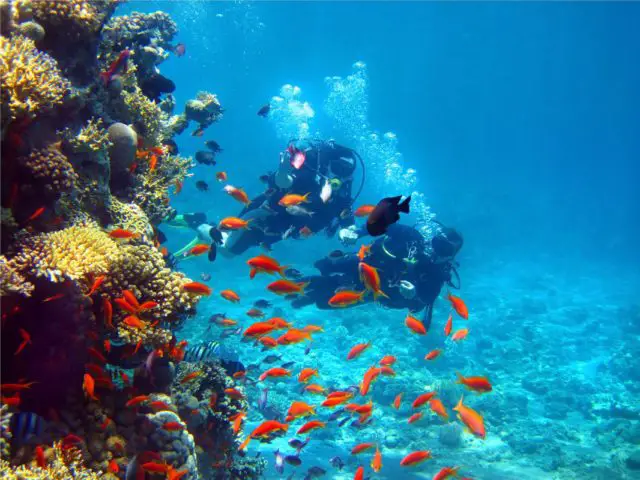
By exploring the reef at 1st-hand, tourists can see a wide variety of coral -including the light yellow brain, moose horn, and blue deer horn species, as well as other creatures such as sea fans and gorgonians. Living among the coral there are hundreds of species of fish and invertebrates, such as hedgehogs, angelfish, blue parrotfish, barracudas and manta rays. Divers can also enjoy an exciting underwater trip to the remains of an ancient slave ship, where cannons and wives can still be seen reflecting a dark period in the history of Costa Rica.
Hikes in Cahuita
Those who prefer to stay on the mainland can still enjoy a wide range of activities in the Cahuita National Park. Many park visitors hike along the Rainforest Trail, an easy 9-mile drive from Ranger Station in Kelly Creek to the main road. The track offers hikers with breathtaking views of the neighboring Caribbean coast, particularly the white sandy beach of Playa de Vargas.
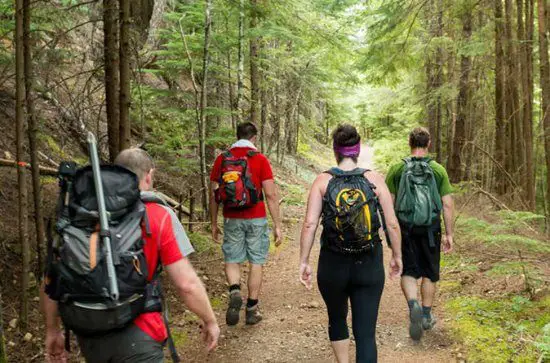
From the road, the traveler can see a wide variety of wild fauna of Cahuita, including howler monkeys, white-faced cash, coatis, agoutis, iguanas, anteaters, and armadillos. Many visitors also see the poisonous yellow viper, but because these snakes are shy, they do not usually attack unless provoked. The park is also home to a wide variety of bird species such as the green ibis, herons, toucans, parrots and scarlet macaws.
Fauna and Flora
A great diversity of fauna species (fish, crustaceans, invertebrates, among others) and flora (seagrasses and algae) have been developed. On land, mangrove patches, flooded forests, and tropical rainforest are added to which numerous species of mammals, reptiles, amphibians, and birds are also associated with this system.
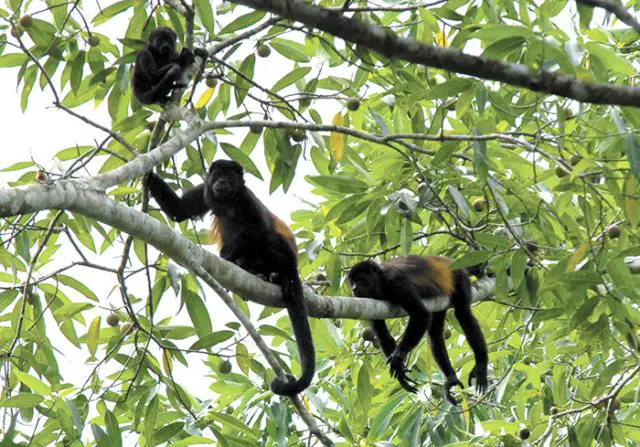
The most common fauna species are monkey congo, white-faced monkey, sloth bear, coatis, toucan, trogon, night heron, among others.
Security measures
Only swim in the permitted areas.
Dive only on the duly marked trails.
Walk only on the permitted trails.
Respect the park visitation schedule.
Do not stop over the corals.
Access Prices
Playa Blanca Sector – Voluntary donation
Puerto Vargas Sector – US$ 10 foreigners – ¢ 10,000 nationals and residents
